latest
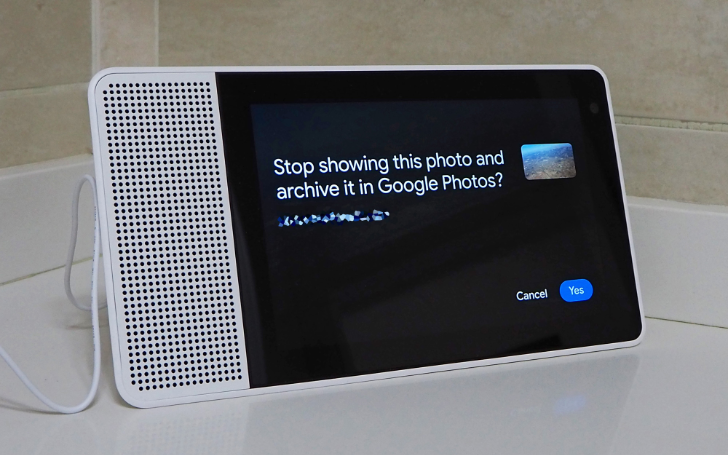
Read update
One of the best uses of the Google Nest Hub, Hub Max, or any third-party Smart Display (Lenovo, JBL, etc...), is as a smart digital photo album. I've already shared with you the steps to set up the photo frame plus tips to make the most of Live Albums, but there are a few new hidden capabilities that make it easier to interact with the photos once they're showing on your Smart Display. In this post, I'll explain how you can ask where and when a photo was taken, add it to your favorites, hide it, and share it directly with one of your contacts.
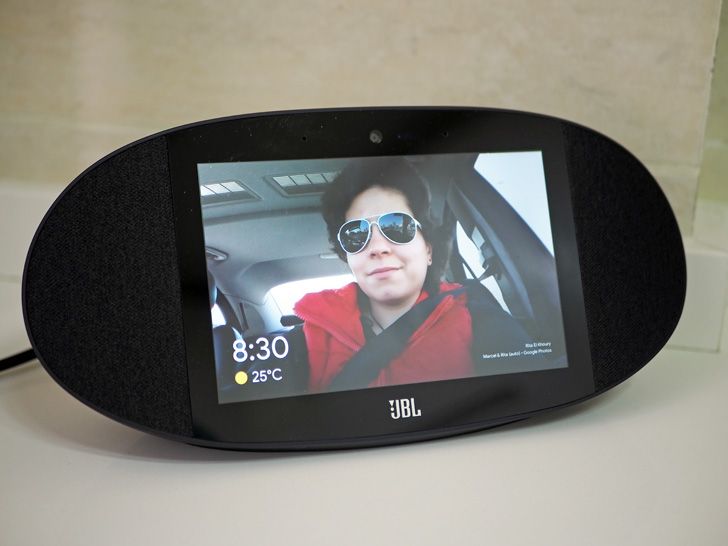
Read update
One of the most appealing uses of a Google Nest Hub or other Assistant Smart Display is as a photo album viewer. It plugs in to Google Photos and rotates through any album you want to view, providing you with (hopefully) good memories throughout the day as you pass by when it's idle. But static albums can be boring after a while, that's why you can make some live-updating ones so you never have to manually choose or change anything.
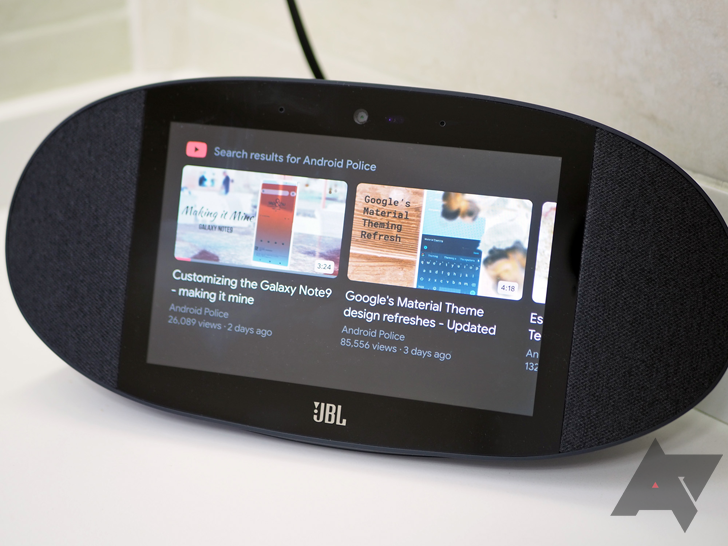
Whether your already bought the Lenovo Smart Display or JBL Link View, or you're thinking about getting Google's rumored Home Hub, you may be wondering whether that gadget — like many others in your life — offers any accessibility settings for people with disabilities. The answer is yes.
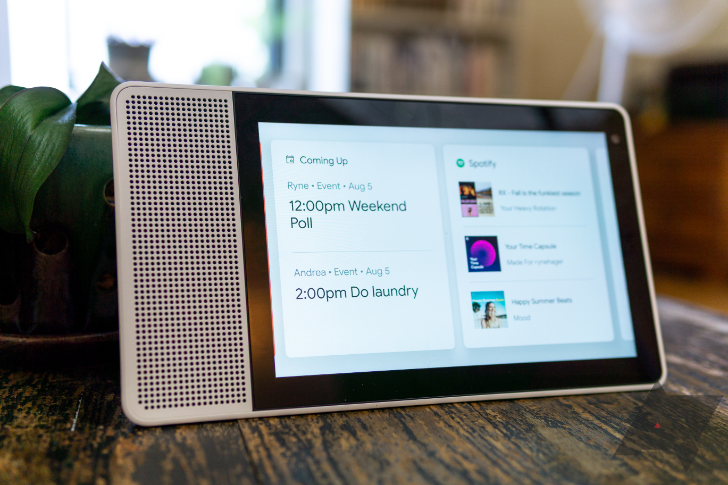
Having a Google Assistant Smart Display, such as the Lenovo, JBL Link View, or LG ThinQ WK9, is very convenient around the house. But if you don't pay attention, you may end up with unwanted privacy concerns because of the mere fact that these displays don't differentiate between people looking at them. They know voices and will only respond to you, but they don't know faces. If there's a personal card on the homescreen, anyone can read it or tap it to see more. Which is how you may end up revealing your surprise party plans to your spouse and your full calendar to boot. There's a simple solution for it though, you just need to know where to look.
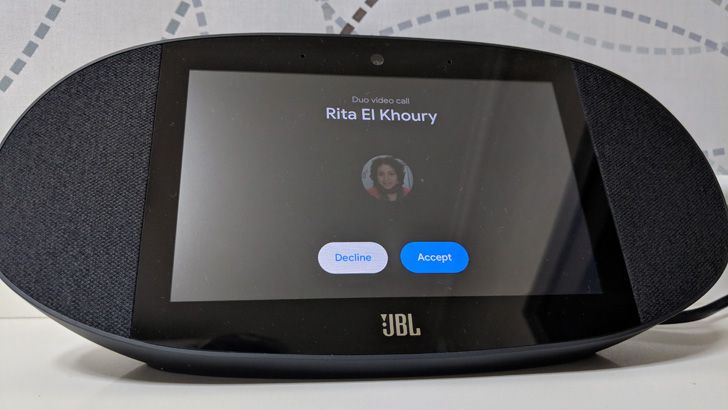
Read update
- Google now says this feature works only if your Google Assistant language is set to English US, English UK, Canadian English, or French Canadian.
If you have one of the fancy new Assistant Smart Displays, be it the already available Lenovo or the soon-to-be-released JBL Link View, odds are you're going to set up Duo on it and use it for video calls. One neat feature that you may not be aware of, though, is that you can video call your display from your phone, with both set up to use the same Duo account.
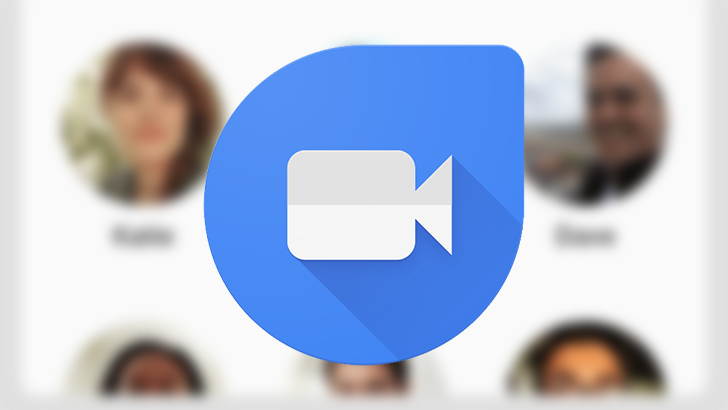
A few weeks ago, the Google Duo team rolled out the option to place a video call through Assistant. All you had to say was "Ok Google, video call contact_name" and Duo would open up and make the call to that person. However, at the time, I thought the feature wasn't live for me. Assistant would tell me it's calling the correct person, Duo would open, but it would stay on the main screen, not placing the call. Clearly, something was amiss and I thought it was a bug that would be fixed with time. It wasn't until a few days ago that I figured out the reason it wasn't working: my contacts had their numbers either saved without a country code or with 00 as the international prefix.

